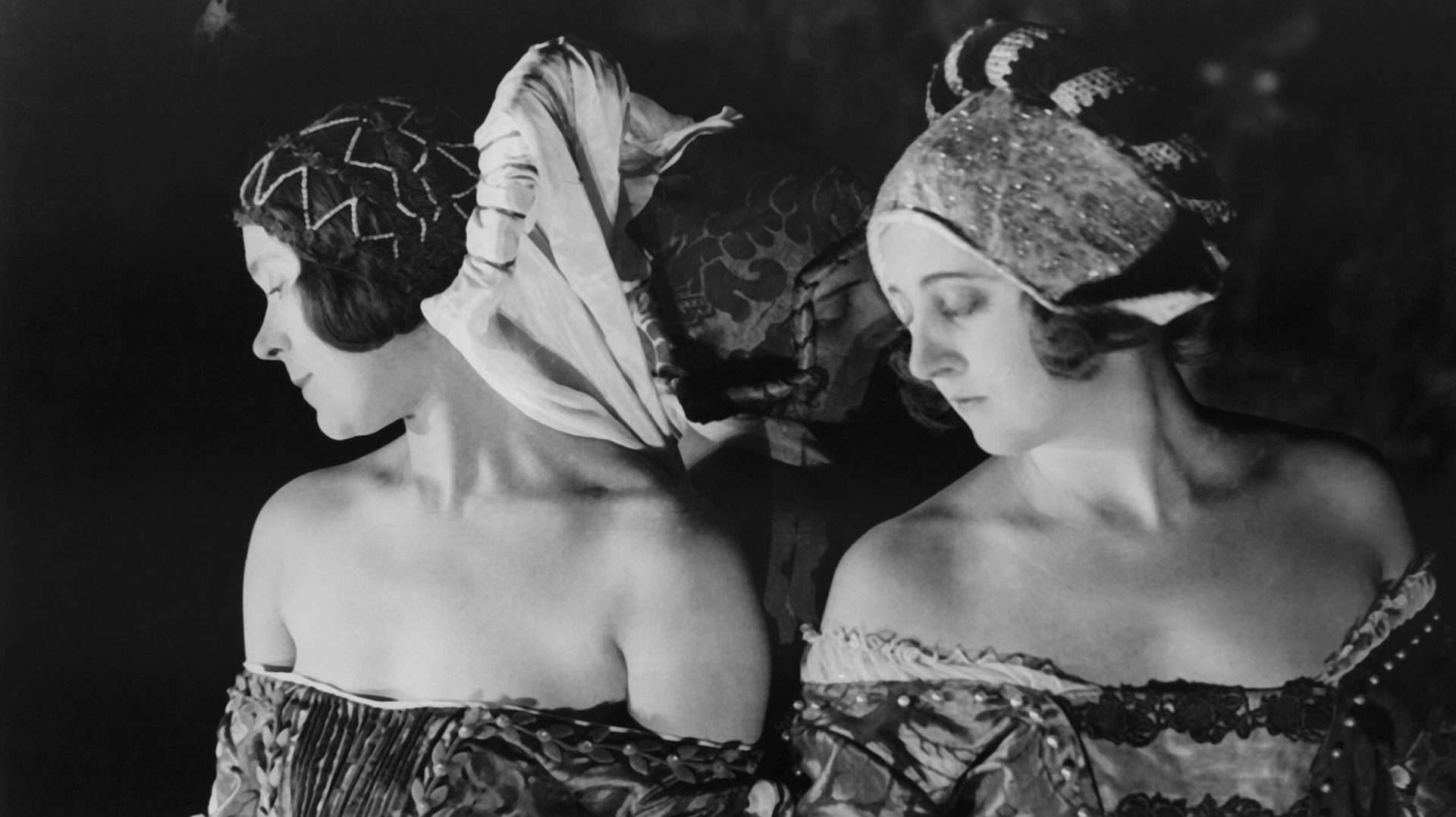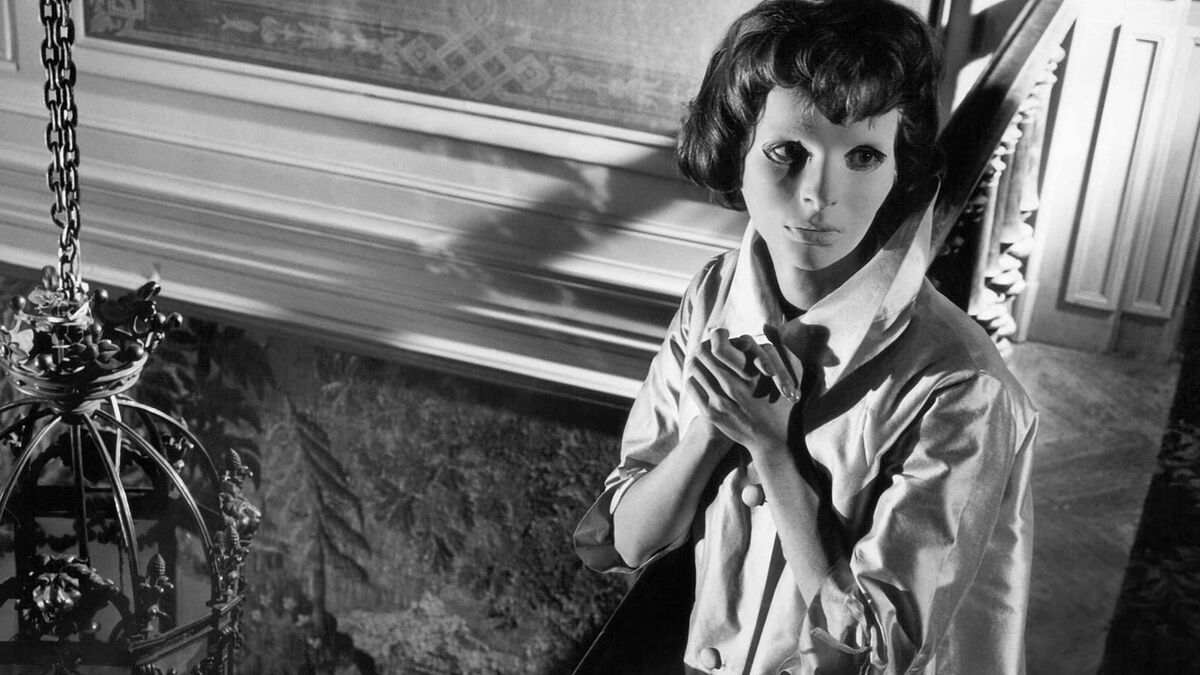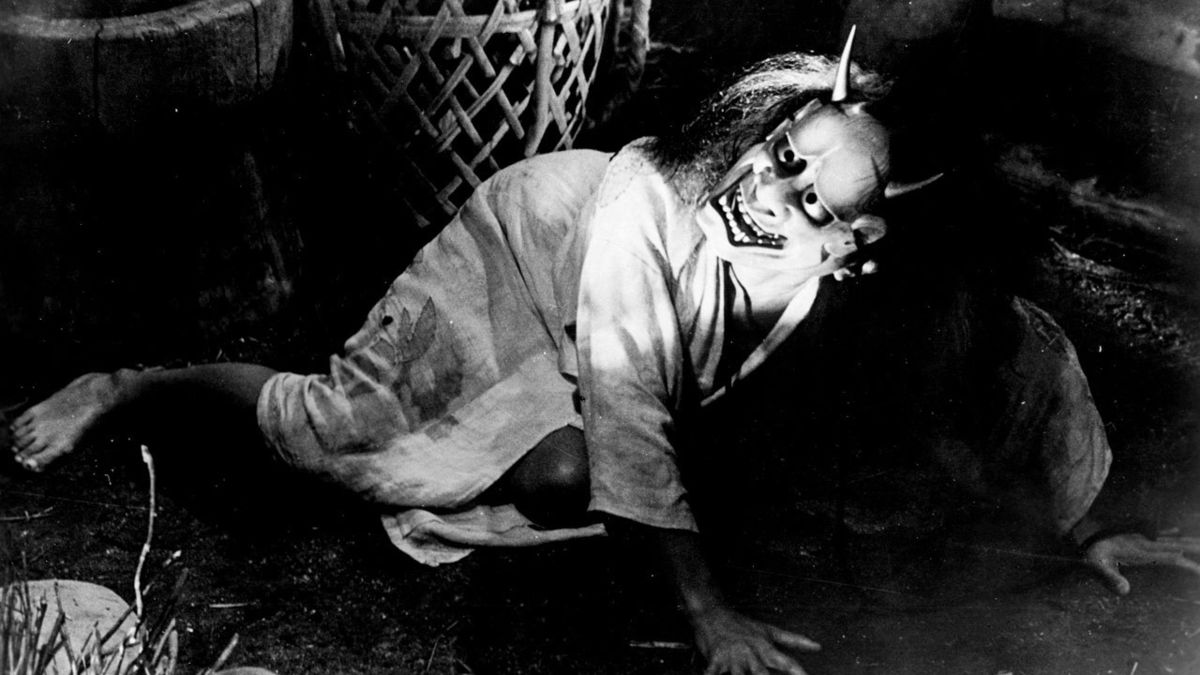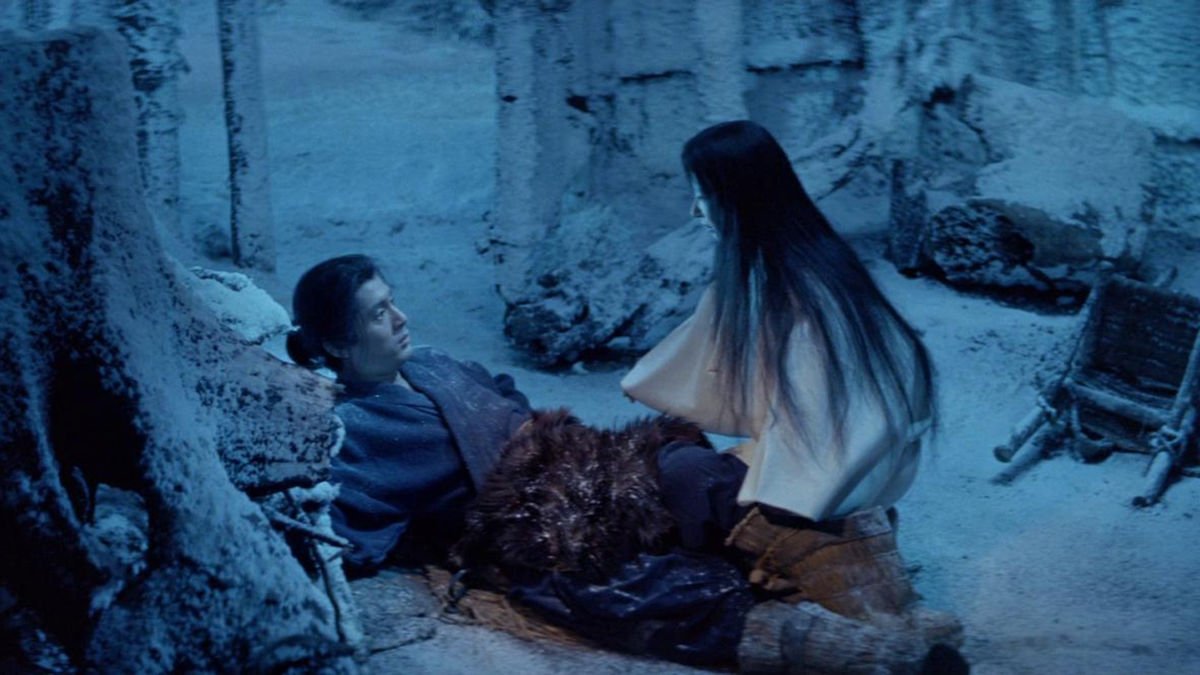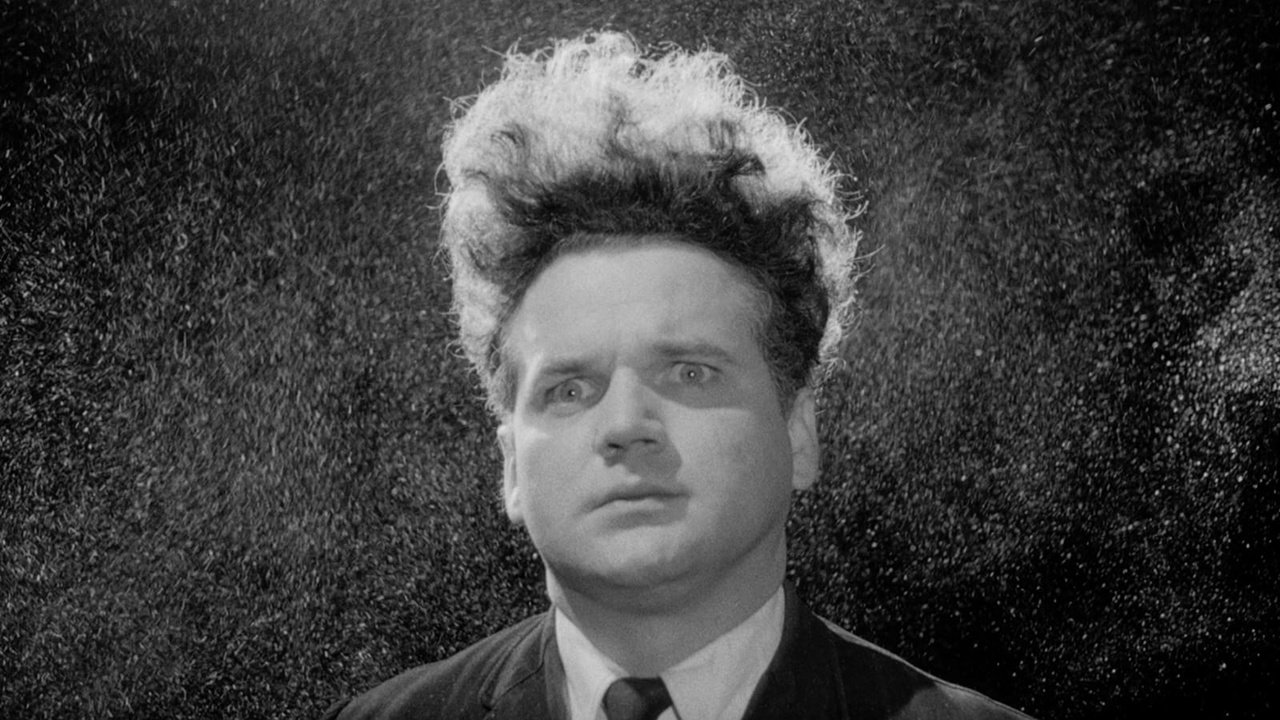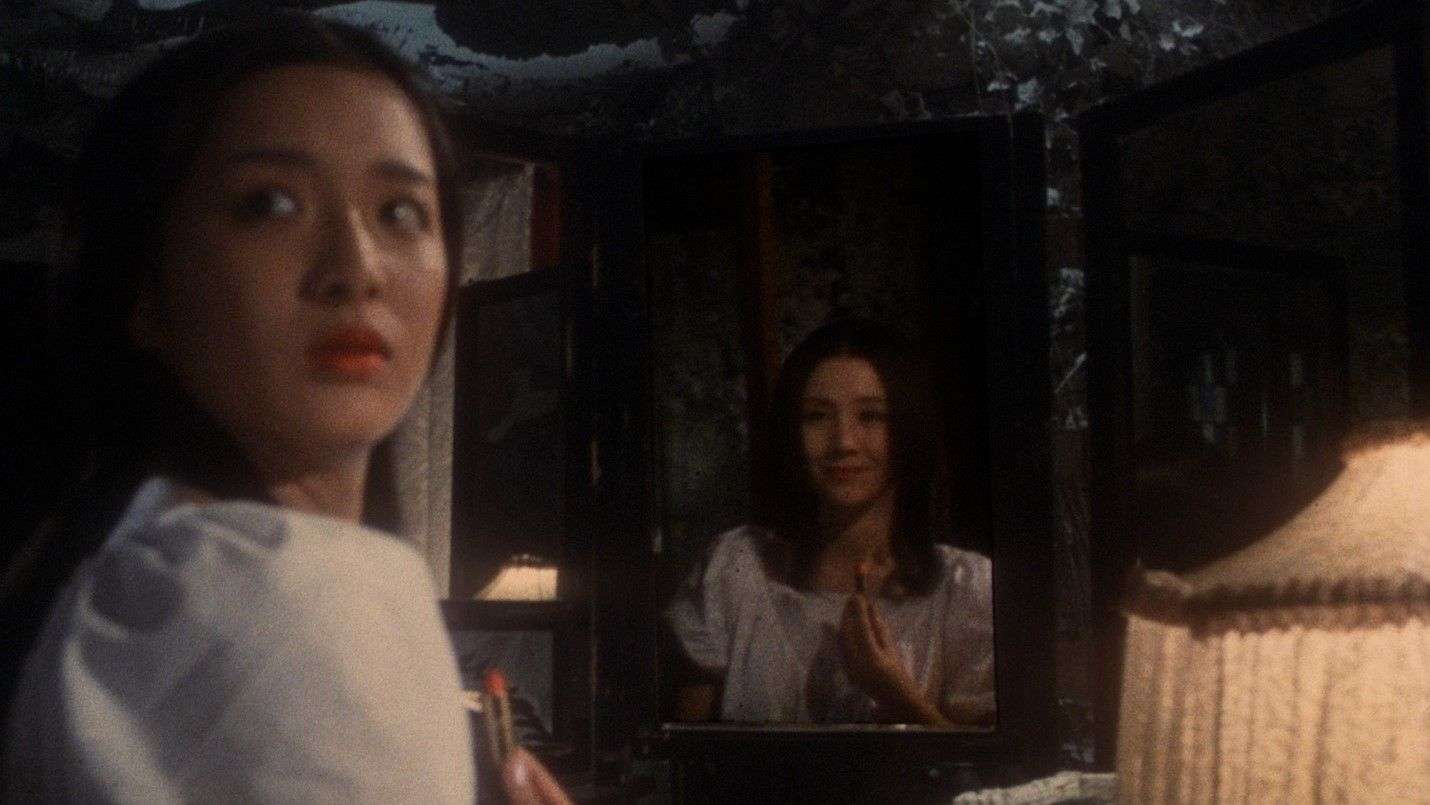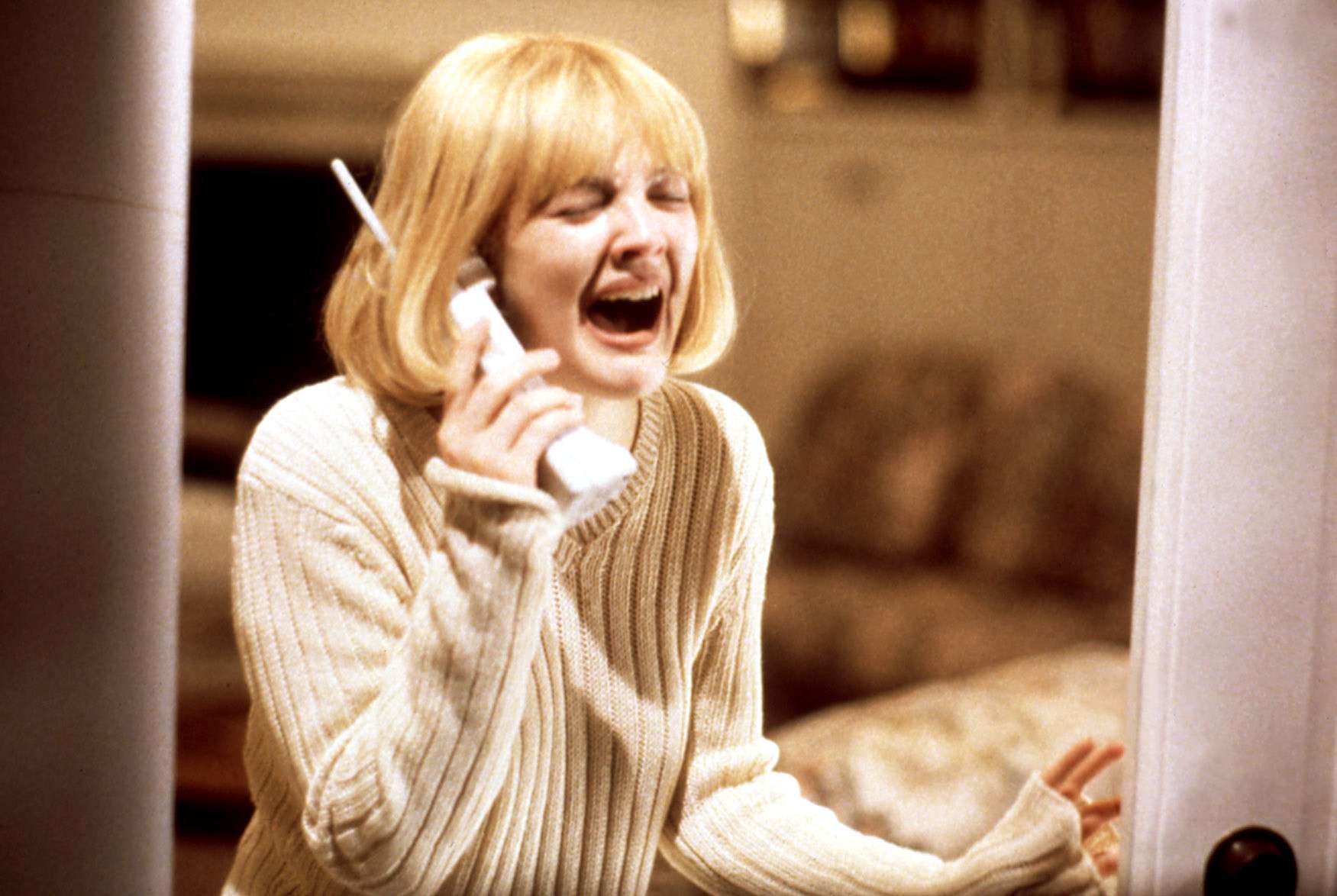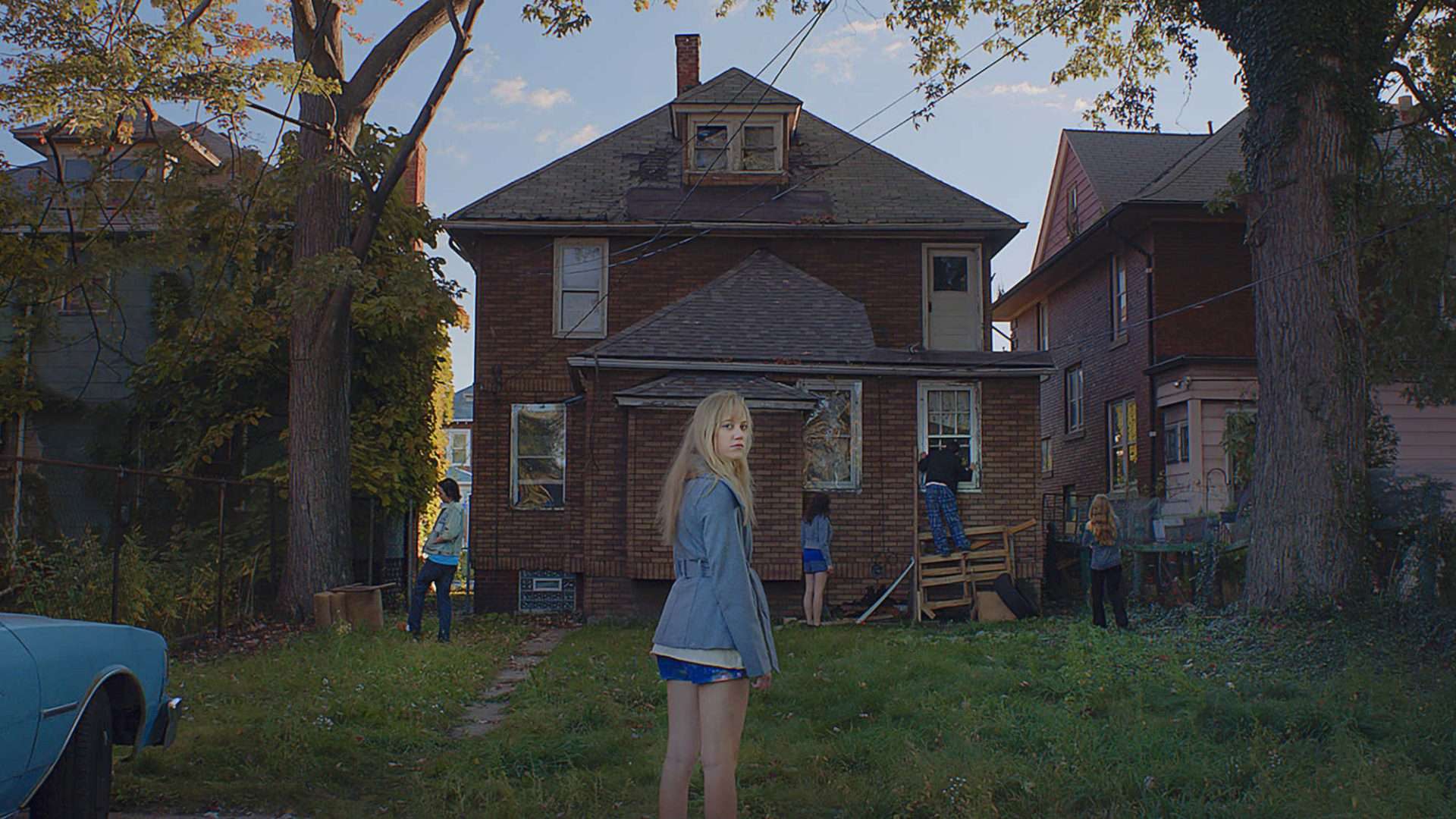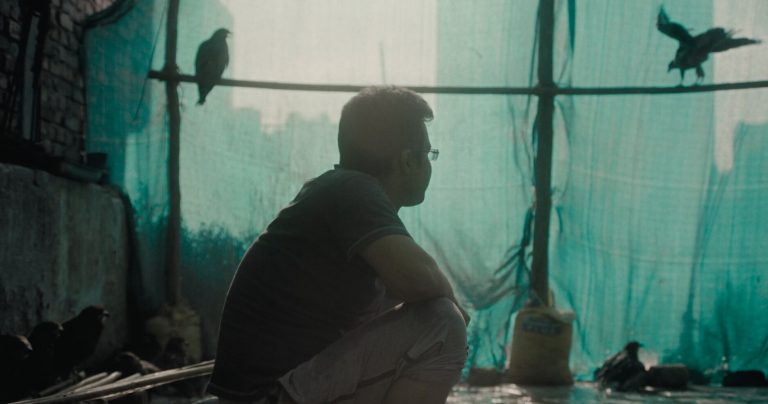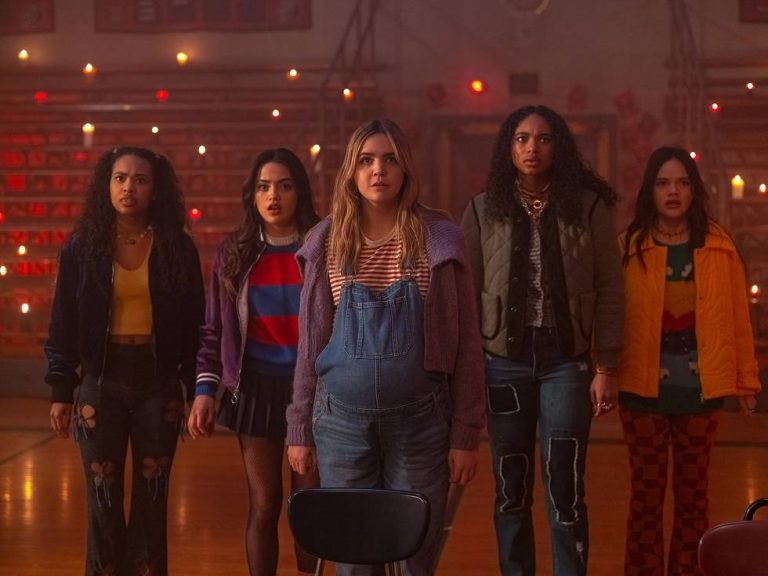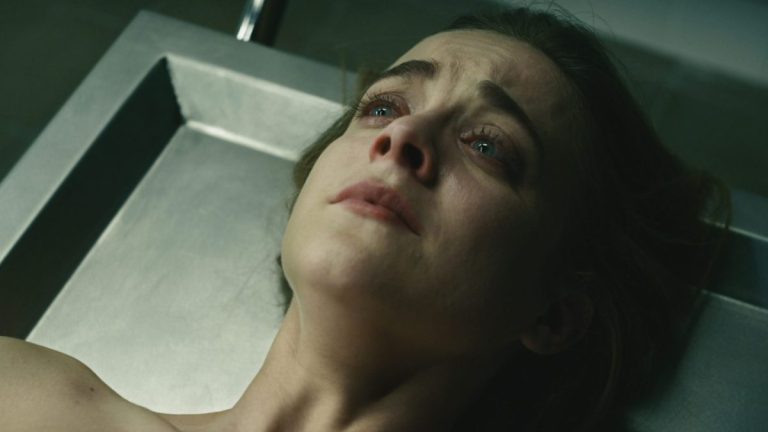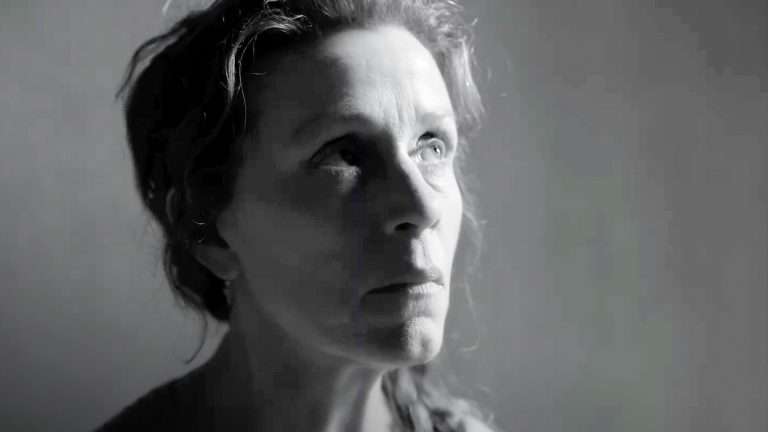People love horror movies. As much as they fail to accept it when a discussion about cinema’s horrific impact comes up, one can’t think about movies without the horror genre involved in some way. If cinema is like a stimulus, horror movies must be the greatest catalyst to get a reaction out of a viewer. Are you looking for a good old-fashioned scare-fest while sitting on your couch? HBO Max can be your next big destination for horror movies.
The streaming service has a stacked-up catalog of horror movies from all possible eras. The following list mostly looks at those Horror Movies on HBO Max that, in some way, defined the genre. But even beyond the scope of this list and the flavors explored here, lie many contemporary faces of horror on the streamer. From the slow-burning existential tension of I Saw the TV Glow and The Lighthouse to the full-blown mainstream dread of Maxxxine and Trap, there’s a lot to offer here. Do let us know of your recommendations!
1. Häxan (1922)
A seamless fusion of cinema and scholarship, Benjamin Christensen’s Häxan doesn’t just depict horror as a genre but as a thought-provoking essay on fear, superstition, and persecution. Inspired by Malleus Maleficarum, the infamous medieval treatise on witchcraft, the film unfolds across seven chapters, dissecting the evolution of witch hunts with both rational scrutiny and haunting visual storytelling. In the silent era’s tradition of presenting ideas in text before rendering them on screen, Häxan finds a deeper resonance—its chilling imagery gains weight from the stark, matter-of-fact prelude. The score, carefully restored by conductor Gillian Anderson, oscillates between mournful and whimsical, serving as a poignant counterpoint to the film’s unflinching subject matter.
Rather than merely dramatizing past horrors, Häxan confronts the religious hysteria and patriarchal cruelty that fueled them, making it impossible to dismiss as mere spectacle. Johan Valdemar Ankerstjerne’s eerie cinematography lends an unsettling realism to scenes of witches’ sabbaths, broomstick flights, and grotesque rituals—an ironic contrast to Christensen’s own writing, which methodically debunks these beliefs as instruments of oppression. The film’s examination of evil as a construct is remarkable, not despite its limitations, but because of them. And its final act—both empathetic and unapologetically feminist—remains not just bold for its time but fiercely relevant even today.
2. Diabolique (1955)
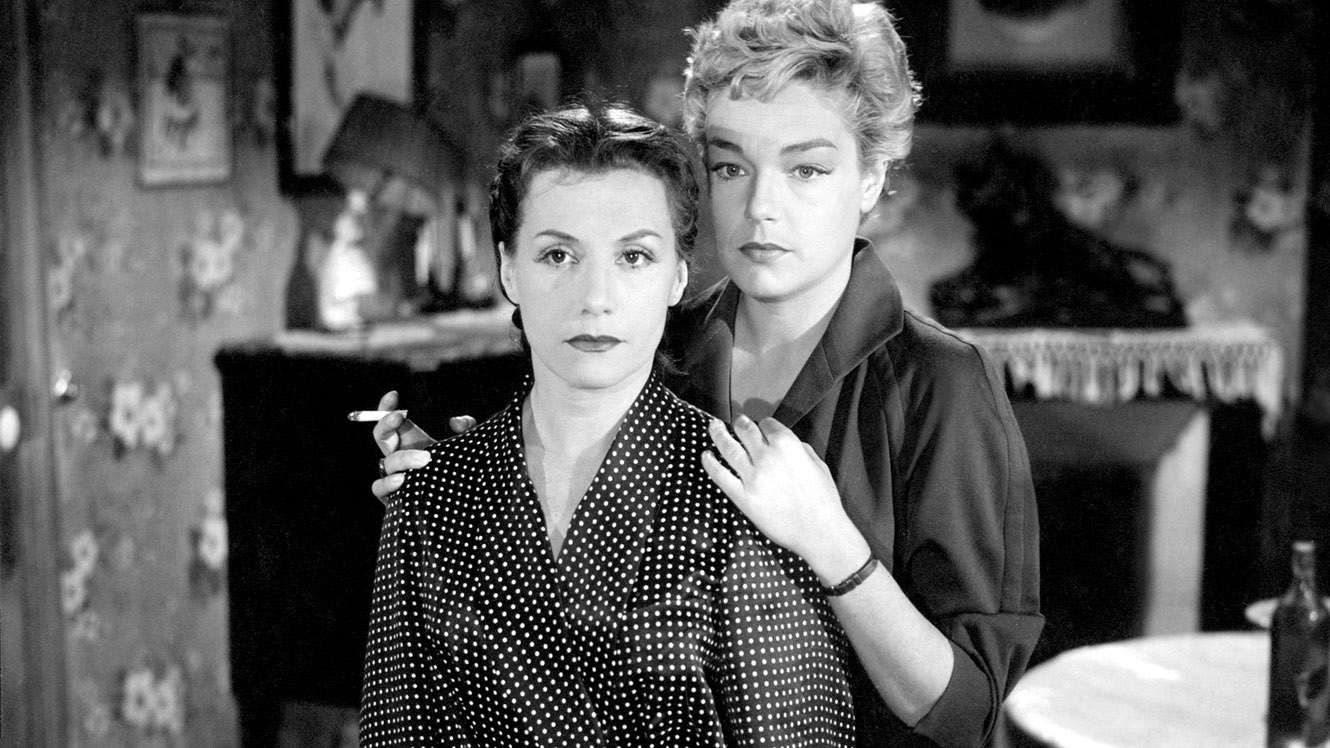
Based on the 1952 novel She Who Was No More by the acclaimed French crime-writing duo Boileau-Narcejac, Diabolique thrives on the precision of its execution. The film’s Hitchcockian plotting and unnerving atmosphere justify its famous bit of trivia—Alfred Hitchcock himself had intended to adapt the novel, only to lose the rights to Henri-Georges Clouzot by mere hours. Yet, in Clouzot’s hands, the film carves out its own identity, blending the shadowy aesthetic of film noir with a structure that both adheres to and defies genre conventions. The performances are tightly wound into the film’s taut dramatic rhythms. Paul Meurisse exudes a quiet, creeping menace, turning his presence into something spectral. Vera Clouzot’s Christine restrained and almost reluctant in her own narrative, finds her counterbalance in Simone Signoret’s Nicole, who carries the film with an effortless, girl-boss authority.
As a thriller, Diabolique unfolds with measured suspense, each narrative shift tightening the noose before yanking the ground from beneath your feet. Yet, by the third act, its twists start to feel foreseeable. And yet—its brilliance as a horror film is undeniable. The film doesn’t rely on overt supernatural elements, but its suffocating atmosphere of guilt and paranoia flirts so closely with the uncanny that it never needs to. Its subtle exploration of moral decay has left an indelible mark on postmodern horror, paving the way for films where flawed, complicit characters take center stage.
3. Eyes Without a Face (1960)
The horrors of the French horror movie, Eyes Without a Face were not met with universal acclaim when it was first released. So much so that it got into controversies with the censor board – despite dumbing down considerably on the gore, letting go incredibly unhinged found in the novel by Jean Redon, and shifting the dark tone into one that feels poetic to a fault.
Also Read: Eyes Without A Face (1960) Review
However, for critics and audiences who followed through with the film’s subsequent release and re-release, the horrific tale of obsession and guilt felt like a double-edged sword. Following Dr. Génessier (Pierre Brasseur), who decides to victimize young women so that he can remove their faces and graft them over his daughter Christiane’s (Édith Scob), Eyes Without a Face is an instant classic because it manages to unnerve and captivate without resorting to bloodshed.
4. Onibaba (1964)
Japanese horrors have had a long tradition of scaring the shit out of people. While the contemporary horror scene in the country has descended more into the jump-scare-heavy narratives, the old-school Japanese horror movies, especially the jidaigeki’s (period horror movies), fashioned the lure of sex, violence, and impulses to explore more deeply rooted social problems.
With Onibaba, director Kaneto Shindô follows two women who trap and kill samurais returning from the war to sell their belongings and make a living for themselves. While one of the women gets involved in a bought of passion with a neighbor, the other gets tangled in the web laid down by a mysterious and masked samurai whose returns threaten their business and their existence in general.
Similar to Horror Movies on Max: 10 Must-See Japanese Horror Films
Onibaba can be broadly categorized as an erotic horror film, but its tangential imagery and ominous atmosphere make its social relevance much more powerful than its genre inclination usually offers.
5. Kwaidan (1964)
Masaki Kobayashi’s 1964 anthology film ‘Kwaidan’ borrows its title from the Japanese word that translates to ‘ghost stories.’ Thereby serving us a platter of four folktales, each of which is different from one another, but are carefully woven into the same enchanting thread that often hypnotizes the viewer into believing the unbelievable. Using color to an unfathomable extent, director Kobayashi’s horror film is an artistic triumph.
While Kwaidan can’t be put under the traditional horror movie cannon, it is a supernatural mystery that mystifies. The four stories, namely “The Black Hair,” “The Woman of the Snow,” “Hoichi the Earless,” and “In a Cup of Tea,” are all narrated by an unidentified narrator who seems to be the only omnipotent body; almost as if God or the Devil are telling these tales to you. I suppose the real horror of Kwaidan for me personally comes from the point that it says that beyond our own world – an afterlife, if you may, is as haunted as this one.
6. Night of the Living Dead (1968)
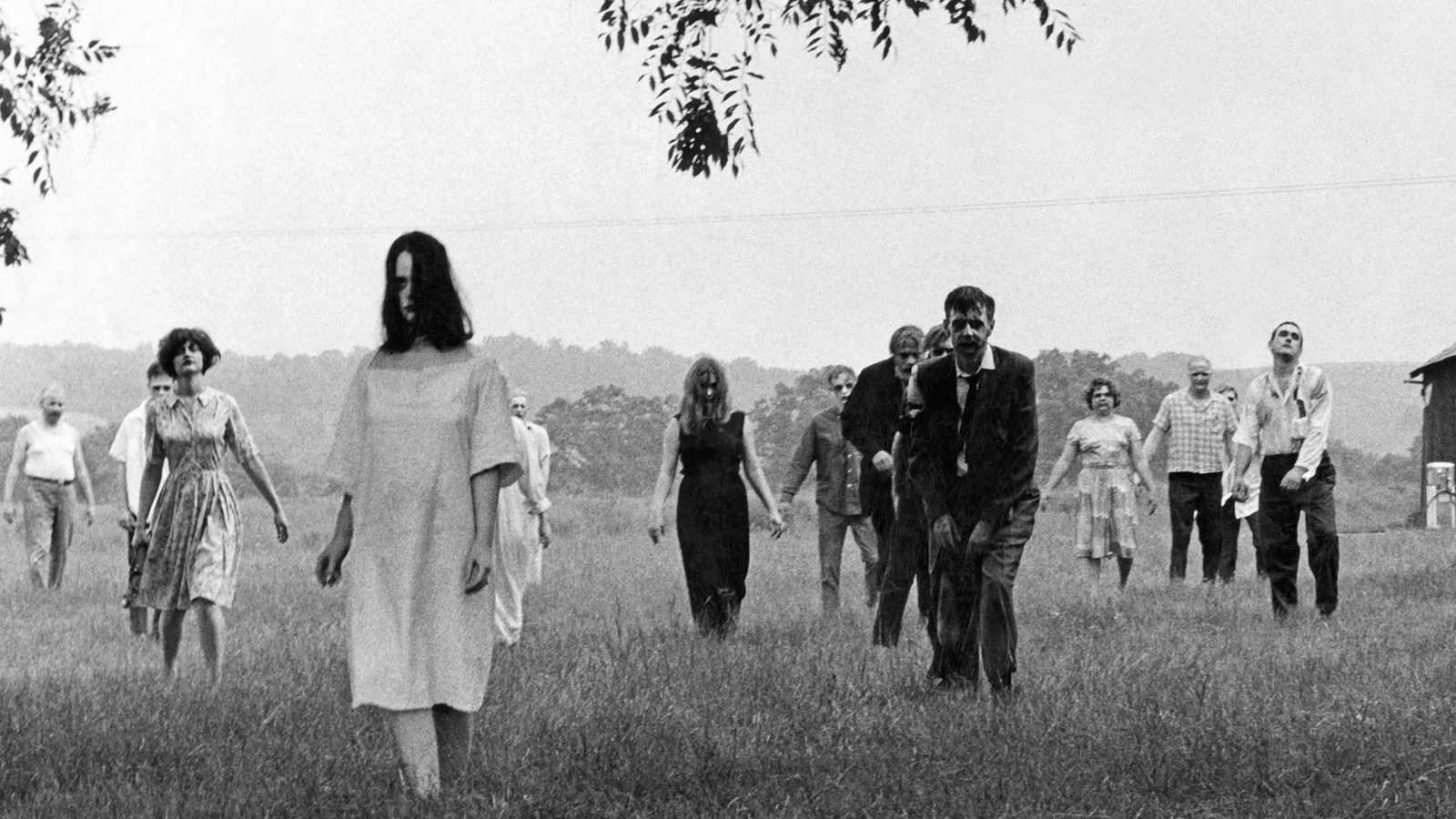
George A. Romero, alongside screenwriter John Russo and producer Russell Streiner, set out to make Night of the Living Dead on a modest budget of just $125,000, hoping to capitalize on the genre’s growing appeal. Historically, the film is credited with introducing zombies as flesh-and-blood creatures to mainstream pop culture. However, its lasting significance today is perhaps even greater as a milestone of independent cinema rather than just a horror touchstone. Romero—who directed, shot, edited, and co-wrote the film—crafted an astonishingly effective visual language, using nighttime lighting, deep shadows, and dynamic camera movements to maximize impact. Within the gory confines of the genre, its aesthetic is so striking that one can endlessly rewatch scenes of zombies feasting on intestines or women conveying trauma and grief through stylized, almost theatrical gestures.
Similar to Horror Movies on Max: 10 Classic Black and White Horror Films That Still Hold Up
Yet, beyond its visuals, the film’s narrative depth is remarkable. What might have been a straightforward survival tale against the undead is enriched by the wildly different, often extreme responses of its characters, bringing larger societal and political themes into play. The film experiments with a documentary-like approach in its television news segments, creating a stark contrast with the heightened horror unfolding outside that screen. This structural innovation alone cements Night of the Living Dead as an enduring classic—one that has shaped countless films, television shows, video games, and books in its wake.
7. Eraserhead (1977)
Talking about going through production hell, American surrealist David Lynch had to wait years before his directorial debut could actually go out into the world. The reason was Lynch unable to get funding for such an obscure project up until Sissy Spacek decided to go out of her way to fund the production. Now a cult classic, Eraserhead was partly shot in David Lynch’s very own stable, where he and sound designer Alan Splet battled within themselves to produce the unique soundscape the film features so heavily.
Also Read: Understanding The World of Eraserhead
Talking about the film itself, everyone – from film analysts to Lynch himself, have allowed it to grow into pop culture without giving it a concrete meaning. The film follows Henery Spencer, an industrial worker who happens to find himself in a literal nightmare when he is forced to take care of a deformed child. Using soundscape and an atmosphere of absolute dread, this non-traditional horror movie is all about sex and the threat that the burden of responsibility leaves upon us.
8. House (1977)
Among a lineup of chilling horror classics, House stands out for being too fun, peppy, and absurdly colorful to fit the mold—yet far more grotesque and graphic than its playful energy suggests. Toho Studios, eager to replicate the success of Jaws, enlisted Nobuhiko Obayashi for a similarly dedicated horror film. And Obayashi delivered—few characters make it out alive, and the bloodbath is both relentless and highly stylized. But instead of adhering to conventional studio filmmaking, he dismantles it entirely. Forgoing a traditional storyboard, he infused the script by Chiho Katsura with the wildly imaginative ideas of his pre-teen daughter, Chigumi, resulting in a film that feels like a fever dream of slapstick horror, frantic spray-painted visuals, cardboard scenery, and editing that plays like a hyperactive glue commercial.
Fueled by amateur performances and DIY storytelling over a frantic two-month shoot, House unfolds as both a haunted house adventure and an anarchic collage of cinematic influences. But beneath its chaotic surface, it is also an oddly poignant coming-of-age tale. Through seven girls—each named after the archetypes they embody—the film explores grief, the fear of an uncertain future, and the necessity of letting go. That it does so with a blend of horror, humor, and sheer lunacy is what makes House a singular triumph of unhinged genre filmmaking.
9. Scream (1996)
There isn’t a slasher cliché Wes Craven didn’t either invent or perfect in his stylish, sharply mainstream franchise-starter. Scream isn’t just a horror film—it’s a self-aware masterclass in genre deconstruction, wielding its own tropes with conviction and an almost spiritual cinephilia. Kevin Williamson’s script breathes new life into the familiar, with Ghostface—a serial killer-next-door as eerie as he is irresistible—becoming an instant pop-culture icon. The film doesn’t so much reinvent the genre as it unapologetically revels in it, its satirical edge and Christmas-season blockbuster appeal making it an unlikely but undeniable genre resuscitator.
Similar to Horror Movies on Max: All ‘Scream’ Movies (1996-2023) Ranked
While its wit is largely situational and its portrayals of grief and trauma exist more for narrative propulsion than profound impact, Scream doesn’t need psychological depth to assert its horror-movie greatness. It stages its carnage like an Agatha Christie whodunit, where everyone—including the final girl we follow from start to finish—feels like a potential Ghostface. Even its victims, unlike the disposable bodies of lesser slashers, are vividly drawn. And then there’s that opening—Drew Barrymore’s harrowing prologue alone is worth the price of admission, a scene so iconic it could define an entire era of horror.
10. It Follows (2014)
Contemporary horror cinema often distills real, tangible anxieties into vividly ominous imagery, and David Robert Mitchell’s It Follows stands as a striking, even essential, example of this approach. A visually arresting sophomore effort, the film stars a brilliantly in-form Maika Monroe as a young woman tormented by a relentless, shape-shifting entity—one that neither feels nor speaks, only walks toward her with an unyielding inevitability. Mitchell’s writing plays with genre conventions in fascinating ways, fusing the frantic intensity of a slasher with the quiet, drawn-out realism of a coming-of-age romance. The result is a horror film that operates on multiple planes—supernatural, psychological, medical, and existential. It can be interpreted as a haunting meditation on mortality, an oppressive force looming like a noose around one’s neck, or as a sharp allegory for the fear and consequences of sexually transmitted diseases.
Yet, for all its eerie, high-stakes terror, It Follows remains deeply personal. The film wears its admiration for genre legends like Romero and Carpenter on its sleeve, as a way to reflect on its own uniquely modern nightmares. It never sacrifices character depth for cheap thrills, nor does it rely on crass metaphors to articulate the dread its heroine experiences. Instead, it treats her journey with tenderness, exploring her evolving understanding of love, fear, and sexuality with an artistry that lingers long after the final frame.


